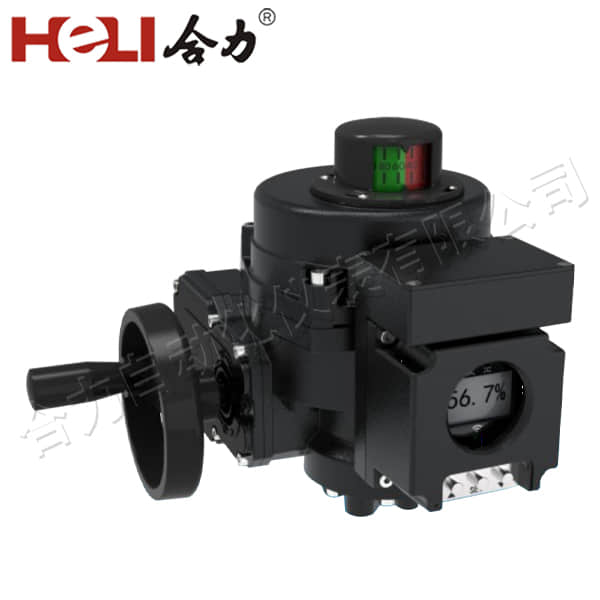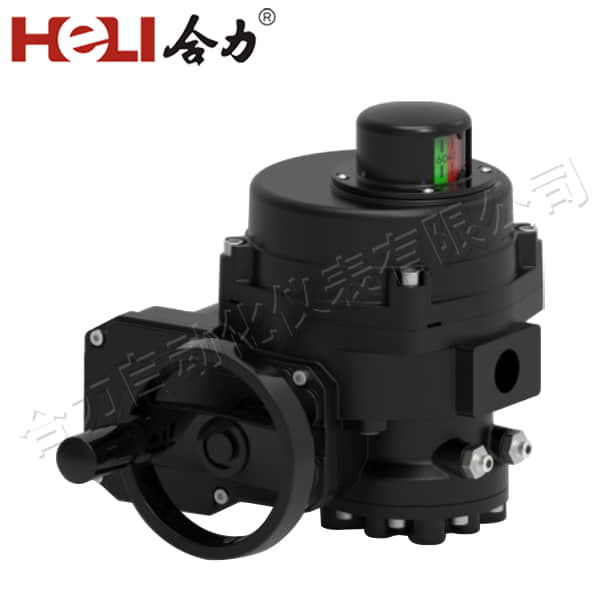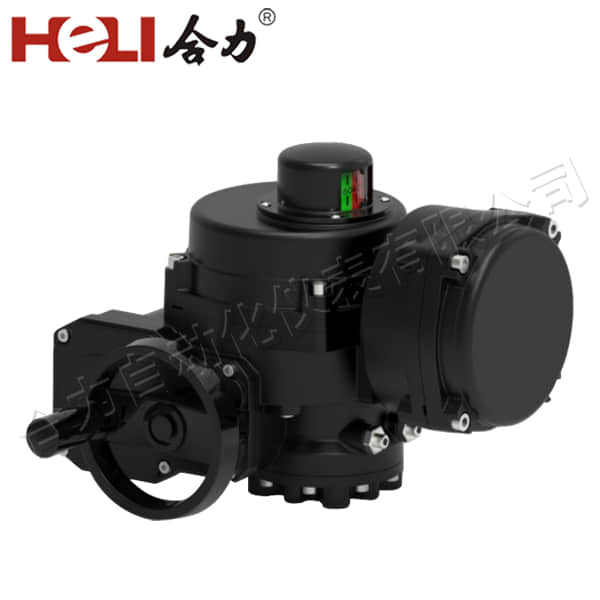The Electric actuator, a pivotal component in modern industrial automation systems, has transformed the way we control and manage various industrial processes. This electrically powered device converts electrical signals into mechanical motion, enabling precise and efficient control of valves, pumps, and other fluid control devices.

The fundamental working principle of an electric actuator lies in its ability to convert electrical energy into mechanical torque or force. Typically, it consists of a motor, gearbox, and position feedback mechanism. When an electrical signal is sent to the actuator, the motor rotates, driving the gearbox to produce the desired torque or force. The position feedback mechanism ensures accurate positioning and control of the attached device.

The widespread adoption of electric actuators in various industries is attributed to their numerous advantages. Firstly, they offer high precision and accuracy in positioning and control, crucial for processes that require tight tolerances and exacting standards. Secondly, electric actuators are relatively easy to install, maintain, and integrate into existing systems. Moreover, they offer flexible control options, allowing for both manual and automated operation. In the petrochemical industry, for instance, electric actuators are used to control valves that regulate the flow of fluids and gases. Their precise control capabilities ensure safe and efficient operation of pipelines and processing units. Similarly, in the power industry, electric actuators are employed to control turbines, generators, and other critical equipment, maintaining stable power generation and distribution.
